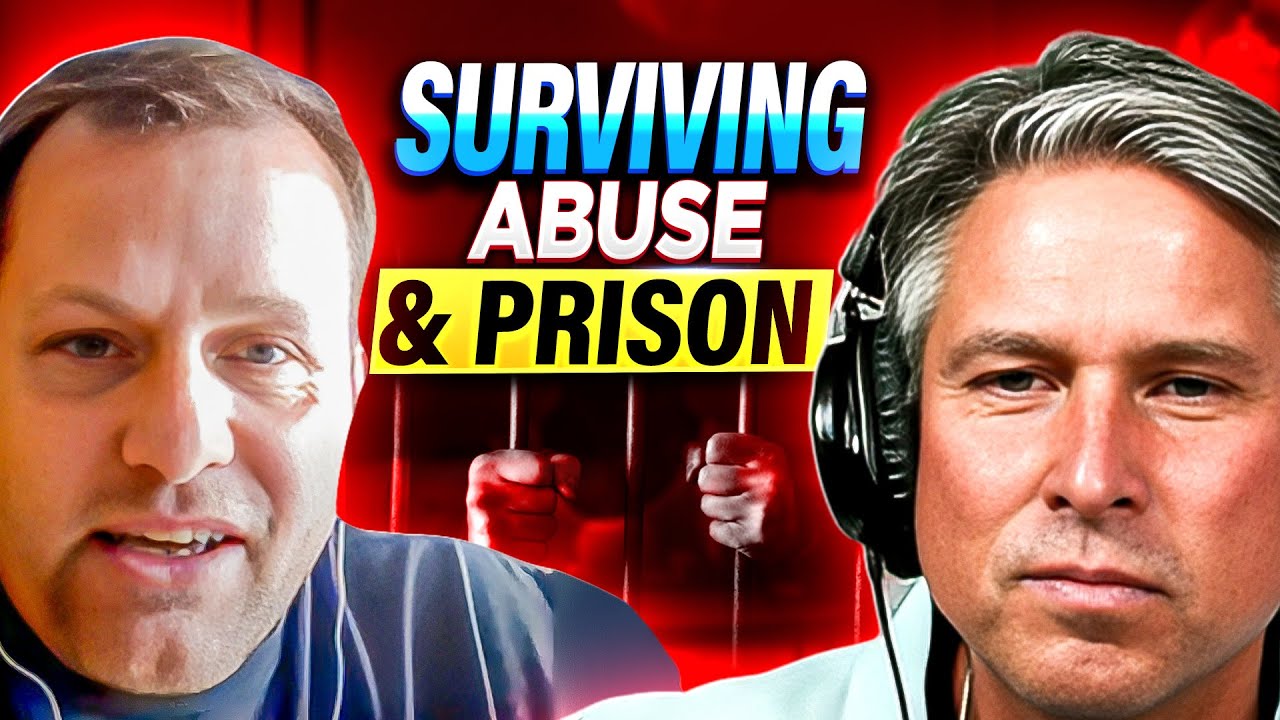At just five years old, David Garlock found himself hiding under his grandmother’s kitchen table, paralyzed with fear as he listened to his father threaten his mother and sister with a hacksaw blade. It was a vivid moment that encapsulated the chaos of his early life a life filled with dysfunction, instability, and violence. This traumatic experience was just one of many that shaped David’s childhood, where the walls of safety were constantly breached, and the foundation of family was a fragile illusion. Growing up in a home where love was overshadowed by strife, David faced a tumultuous journey.
His parents’ divorce led to custody battles that left him and his siblings in a constant state of upheaval. At three, he and his brother were placed in foster care, separated from their sister, only to return to their parents’ custody for a brief, turbulent period before the dysfunction resumed. The instability of his childhood would foreshadow the trials he would face as he grew older. But it was during this time that the most harrowing chapters of David’s life unfolded.
At the age of eleven, he and his brother suffered unimaginable abuse at the hands of a man introduced to them through their family. This betrayal deepened the scars of their childhood, escalating to severe physical abuse that would haunt them for years. As David navigated this dark landscape, he often felt trapped, a prisoner in his own life, longing for a way out. The turning point came at the age of twenty when David and his brother decided to confront their abuser.
In a desperate act spurred by years of suffering, they took matters into their own hands, resulting in the death of the man who had tormented them. This decision marked the beginning of a new chapter, one that would lead to a prison sentence of twenty five years, of which David would serve thirteen. In prison, he faced the harsh realities of a system that often leaves individuals feeling isolated and unheard. Yet, it was here that he began to process the trauma of his past, reflecting on the pain that had shaped him.
During his time behind bars, David experienced profound loss; his sister tragically passed away from complications related to HIV, a fate tied to the very struggles they had all faced. This loss deepened his resolve to change the narrative, not just for himself but for countless others who felt trapped in a cycle of pain. After his release, David emerged not as a man defeated by his circumstances, but as an advocate for change, focusing on re entry programs, prison education, and reform in the criminal justice system. David’s advocacy work is fueled by his commitment to sharing his story and the stories of others like him.
He speaks passionately at colleges and universities, aiming to educate future criminal justice professionals about the complexities of trauma and the importance of understanding the individuals behind the statistics. “It’s crucial to share stories of trauma to help others feel less isolated,” he emphasizes, a reminder of the power that comes from vulnerability. Through his journey, he has learned to channel his experiences into a purpose that transcends his past. As we often learn, sharing our stories can be a powerful catalyst for change.
David’s journey reflects the importance of breaking the silence surrounding trauma and the impact it has on individuals and society. By opening up about his childhood, his experiences of abuse, and his time in prison, he not only advocates for those who are often overlooked but also fosters a deeper understanding of the human experience. David Garlock’s journey serves as a poignant reminder that even in the depths of despair, there is a pathway to purpose. His story is not just about survival but about the profound transformation that comes from embracing one’s past and using it as a foundation to uplift others.
As he continues to share his message, he invites us all to reflect on the power of our own narratives and the change we can inspire when we choose to speak out. In this world, where so many suffer in silence, David’s voice becomes a crucial thread in the fabric of understanding, urging us to listen, learn, and advocate for a better future.

